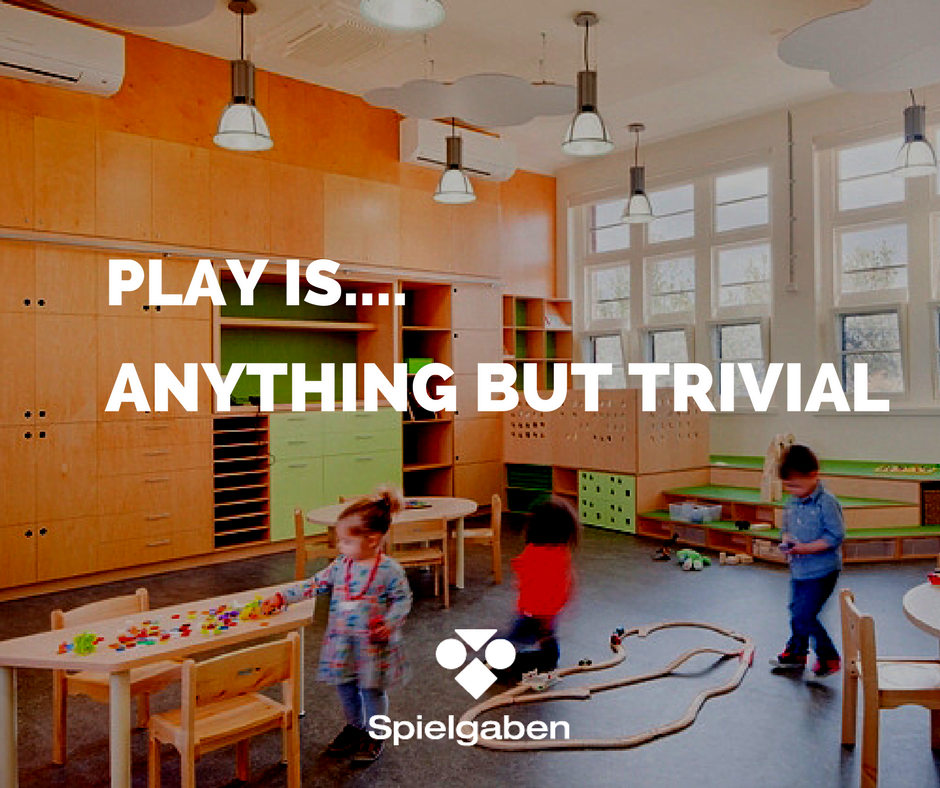Embracing Stillness with Your Children: Finding Peace in a Noisy World
In today’s fast-paced and noisy world, life can feel like a constant race for parents and children alike. Between school, extracurricular activities, work, and social commitments, it’s easy to feel swept up in a never-ending whirlwind of “doing.”
But what if we could pause, even for a few minutes, and introduce stillness into our lives? Encouraging stillness not only helps parents and children reconnect with themselves but also promotes emotional resilience, mindfulness, and a sense of peace that can benefit the whole family.
This guide explores the benefits of stillness and offers practical tips on how to integrate it into your family’s daily routine, providing a haven of calm amid the chaos.
Why Stillness Matters for Parents and Children
Stillness, the simple act of “just being,” offers profound benefits for people of all ages. Here are some reasons why it’s worth introducing into your family’s routine:
1. Builds Emotional Resilience and Mindfulness
For children, learning to be still teaches them to process their feelings, develop patience, and be present in the moment. Practicing stillness helps children identify and understand their emotions, which can lead to better emotional regulation and resilience. For parents, it provides a chance to reconnect with a calm mind, fostering patience and empathy.
2. Reduces Anxiety and Stress
Stillness creates a break from the constant mental chatter, helping both adults and children release stress and feel more centered. In our busy schedules and constant notification from social media and digital devices, stress can become part of the daily routine, but setting aside time for stillness provides relief and encourages relaxation.
3. Enhances Focus and Awareness
Practicing stillness strengthens our ability to focus, as we learn to be comfortable with quiet and solitude. For children, this is especially valuable as it teaches them to pay attention and be curious about their surroundings without the need for constant stimulation.
4. Encourages Connection with Nature
Practicing stillness outdoors helps both parents and children develop a stronger connection with nature. Whether it’s the sound of birds, the rustle of leaves, or the feeling of grass underfoot, nature has a calming influence that can enhance the experience of stillness.
Practical Guide for Introducing Stillness into Daily Life
Integrating stillness doesn’t have to be complicated. Here are some ideas to help make it a natural part of your family’s life.
1. Start Small: The Five-Minute Family Pause
For beginners, a few minutes of stillness can make a huge difference. Designate five minutes each day to sit together quietly. You could do this in the morning before the day starts, in the evening to wind down, or whenever it works for your family. During this time, ask everyone to turn off their digital devices, notice their breath, the sensations in their bodies, and any sounds around them. Remind your children (and yourself) that there’s no “right” or “wrong” way to feel; the goal is simply to be present.
Tip: Create a “stillness spot” in your home—a cozy corner or a part of the yard where you can sit together quietly. This gives your family a go-to place to relax and unwind.
2. Go on a “Silent Nature Walk”
Once a week, plan a silent nature walk. Choose a trail or park, and explain to your children that, for a portion of the walk, everyone will remain silent. Encourage them to focus on the sights, sounds, and smells around them. This practice not only brings awareness to the beauty of nature but also creates a shared sense of wonder and calm within your family.
Tip: For young children, you can make this activity more engaging by playing a “sound scavenger hunt.” Before the walk, list things they might hear, like birds chirping, water flowing, or leaves crunching. See how many they can identify during the walk.
3. Create a “Stillness Circle” in Nature
A great way to deepen the practice of stillness is to create a boundary or “stillness circle” outdoors. Choose a spot in nature, like a park or your backyard. Draw an imaginary circle around your family, about six feet in diameter. This will be your space for the next 10-20 minutes.
Ask everyone to remain within the circle, sit quietly, and observe. Encourage them to notice small details—the way the grass moves in the wind, the patterns in the clouds, or the feeling of the sun on their skin. Remind your children that they don’t have to “do” anything; just be in the moment.
Tip: Set a timer to help children know when the time is up, so they don’t feel the need to ask every few minutes. For older children, you could gradually increase the duration of stillness as they get more comfortable with it.
4. Embrace “Boredom” as Part of the Practice
Children (and adults) often feel restless, bored, or even irritated during stillness practices. This is completely natural and part of the experience. Encourage your children to notice their feelings without trying to change them. You might say, “It’s okay to feel bored or restless. Let’s see what happens if we just let those feelings be.”
For young children, introduce this idea as a “mind adventure.” Ask them to observe their thoughts and feelings as if they were watching a movie. What happens when they don’t react but just watch?
5. Establish a Daily “Unplugged Hour”
Set aside one hour each day for an “unplugged hour,” where everyone in the family puts away their devices. During this time, encourage quiet activities like reading, drawing, journaling, or even sitting outside together. This helps children learn to be comfortable without constant digital stimulation and gives everyone a chance to reset.
Tip: Make this hour an enjoyable ritual by having a few cozy blankets or pillows, a cup of tea or cocoa, and a journal or sketchbook handy for anyone who wants to use it.
6. Reflect on the Stillness Practice as a Family
After a stillness practice, take a few minutes to reflect together. You might ask questions like, “What did you notice?” or “How did it feel to be still?” This opens up a space for children to share their thoughts and helps them become more aware of their feelings. Listening to your children’s reflections can also give you insights into their inner world and emotions.
Tip: Encourage children to draw or write about their experience if they enjoy creative expression. You might even keep a “family stillness journal” to record thoughts, drawings, or memorable moments from these practices over time.
Making Stillness a Habit in a Busy Family Life
Incorporating stillness into your family’s routine may feel challenging at first, especially in a world that prioritizes busyness. Here are some ways to make it more sustainable:
1. Model Stillness Yourself
Children learn best through imitation. When they see you embracing moments of stillness, they’re more likely to appreciate and engage with the practice. Whether it’s taking a few deep breaths before starting dinner or pausing to watch the sunset, show them that stillness can be a meaningful part of life.
2. Set Realistic Expectations
Stillness doesn’t need to be perfect or last a long time. Even a few minutes can make a difference. The key is consistency. Set realistic goals, and build from there as your family becomes more comfortable with the practice.
3. Be Flexible and Listen to Your Child’s Needs
Every child is different, and some might find stillness challenging at first. Be flexible and patient. If a certain approach isn’t working, try a different one or reduce the time. Remember, the goal is to create a positive experience, not to enforce it rigidly.
Final Words: The Lasting Impact of Stillness
Introducing stillness into your family’s life is like planting a seed. Over time, with regular practice, this seed grows into resilience, mindfulness, and a deep connection with both nature and self. For children, learning to value stillness offers lifelong benefits. As they grow, they’ll carry this ability to pause and be present with them—a gift in today’s fast-paced world.
By embracing moments of stillness, you’re creating an environment where your children can truly flourish. Take the journey together, be patient, and watch as the practice of stillness becomes a cherished part of your family’s daily life.













LEAVE A COMMENT